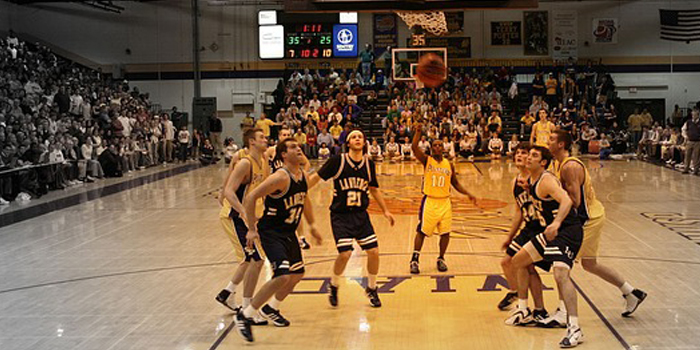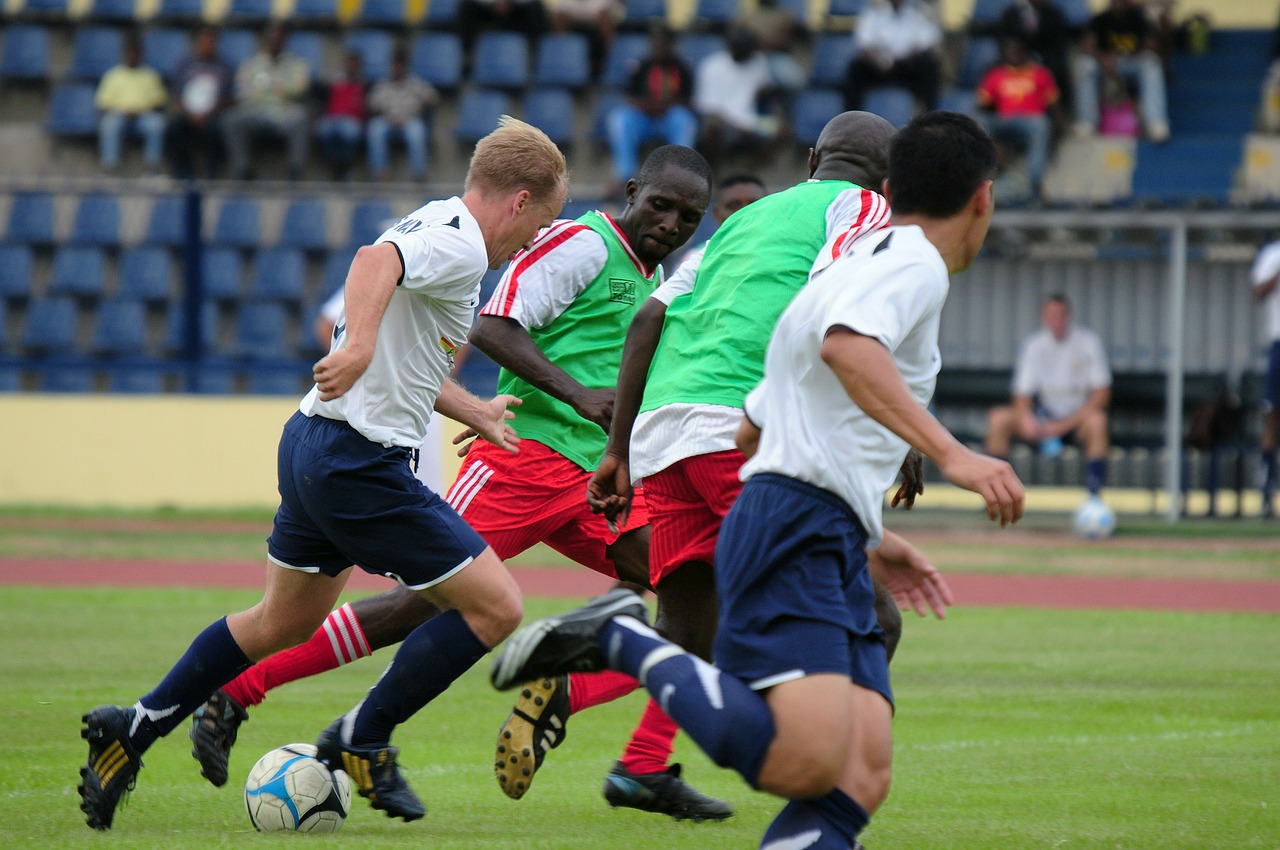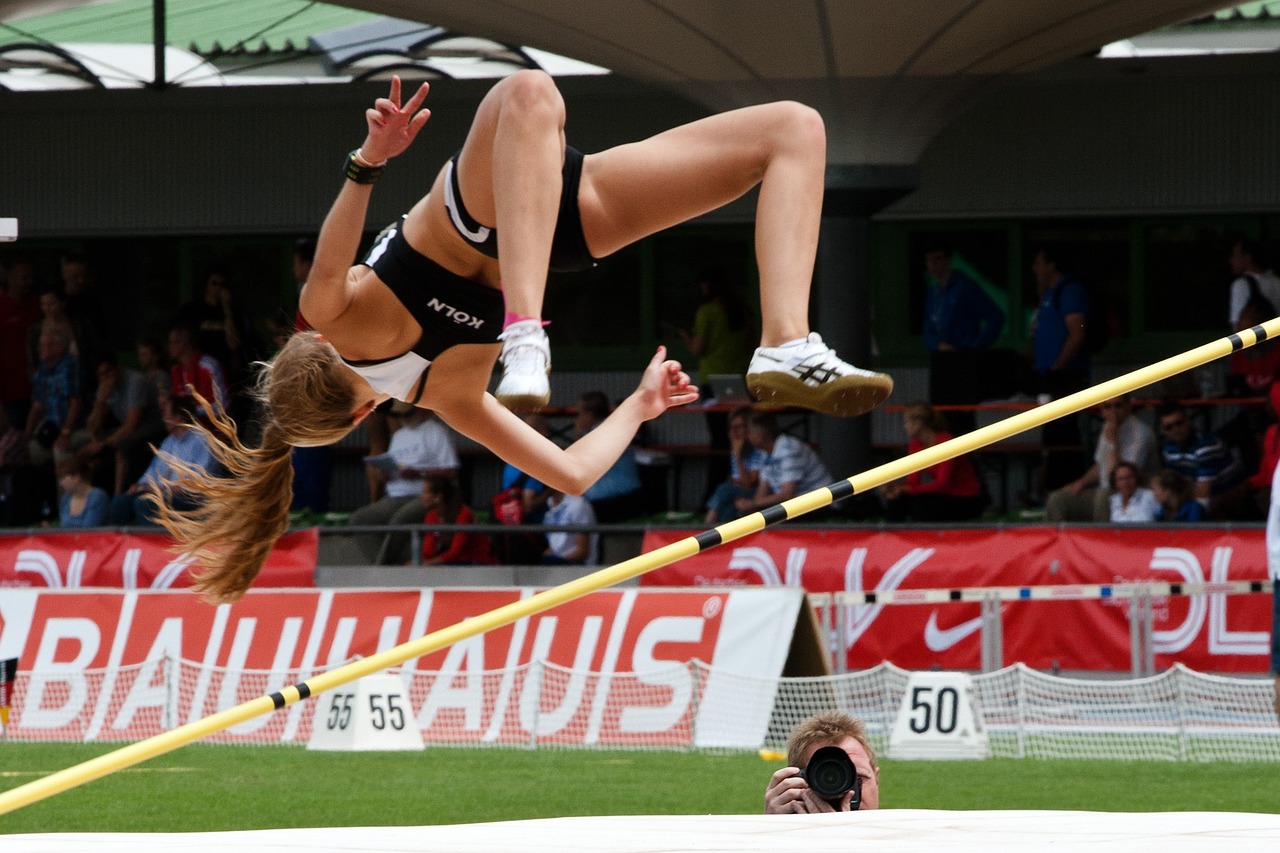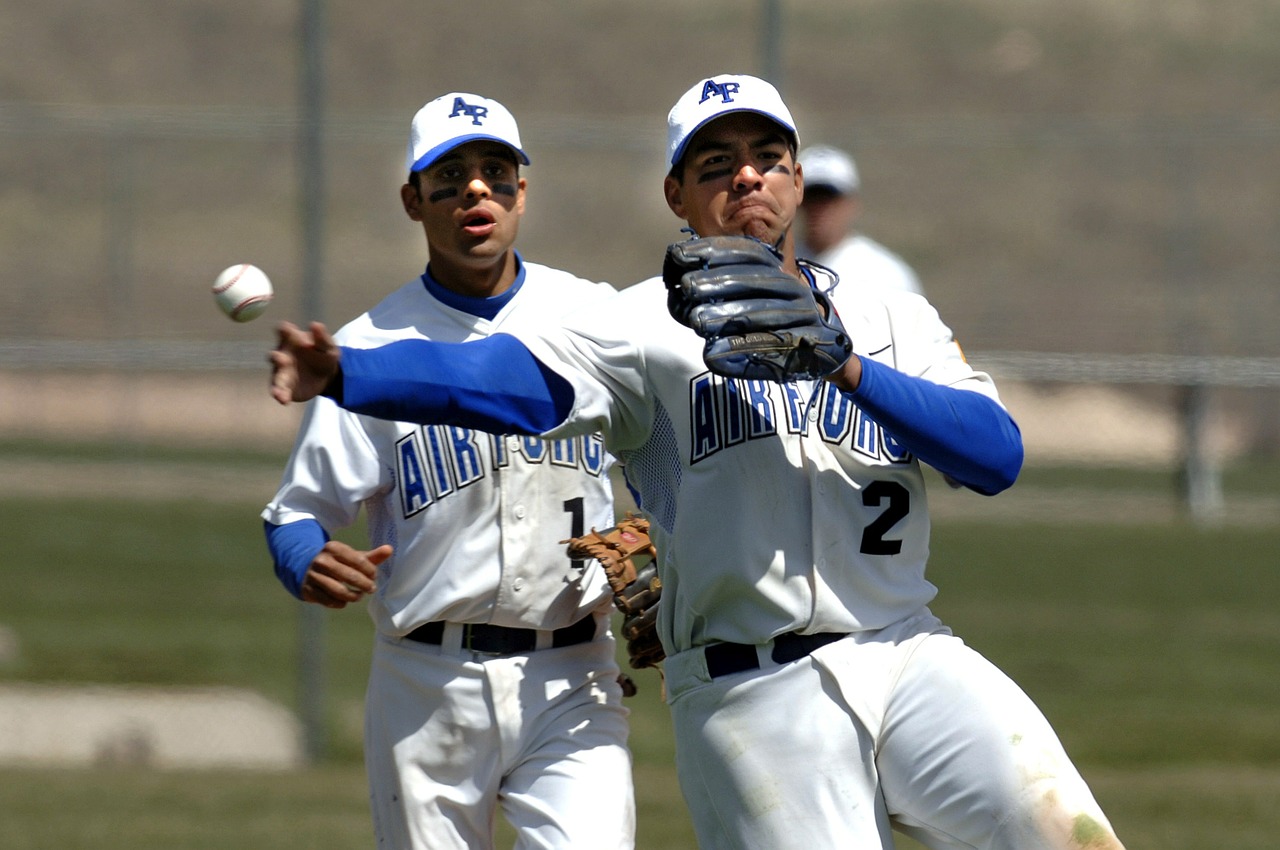
In the past year, I have had the opportunity to work in multiple locations around the United States. My transition began in Indianapolis before moving to New Orleans where I spent eight months before moving again to Los Angeles for the NBA off-season. During my time in each of these cities I tried to spend time in multiple strength and conditioning settings both in the private sector and within the high school/college setting. During these visits I try to spend at least a few minutes with each member of the coaching staff in order to get their perspectives on multiple topics regarding strength and conditioning.
Amidst the barrage of questions I send their way, there is inevitably one or two that pertain to the program and season of training that they are in. In listening to the answers of these questions, it is interesting to observe how the conversation evolves depending on the experience level of the coach. Typically, with coaches that have been in the profession for less than five years, I will hear a few key terms. These coaches will usually mention a popular programming method, such as tier, block, or triphasic, then they will go into the reasons why that method is superior to all others. Finally, they will typically throw something in regarding conditioning or speed and agility work, more as a side note than anything else.
RELATED: The Individualization of Team Training
Speaking with coaches who hold more experience is quite different. Typically, these coaches try to speak at a distance from the subject of training in order to show a larger perspective of the program in its entirety. I will very rarely hear an experienced coach pinpoint one training methodology that they use specifically. These coaches will spend an abbreviated amount of time on the programming aspect and a great deal of time referencing what they do when they first begin working with each athlete and the level they expect to take the athlete athletes by season’s end.
There is a big discrepancy in strength coaches when it comes to the importance of programming for their athletes. I believe that a great deal of this focus in one direction is leveled with time and experience. However, I do feel that slowly, more and more coaches are placing more emphasis on having the right numbers on the paper and less emphasis on the other aspects of the program that athletes also benefit from.
So, if we take a minute and forget about the sets and reps, what are we left with?
If you think back to your schooling, there was a step that we were all instructed to start with that many of us have strayed from: Needs Analysis. Our first job was to assess the “needs” of our athletes. Unfortunately, in the young coaches I speak with, either we are forgetting the needs analysis all together or we are using it only in reference to what we, as coaches, are comfortable with as opposed to what athletes truly need.
Before ever contemplating set and rep schemes there are five areas that we should take into account:
- Injuries common to the sport
- Past individual injuries including current mobility limitations
- Specific conditioning needs for the position
- Specific strength and power output needs for the position
- Specific speed and agility needs for the position.
Common Injuries
Before starting any work with an athlete, you should be able to begin building a program just based on the knowledge of their sport and position. Due to the movement patterns each athlete uses, they are susceptible to specific injuries. For example, I know each time that I receive a new basketball client I can count on them experiencing tight hip flexors, poor thoracic mobility, shoulders rolled forward, and a lack of ankle dorsi flexion. Based on this information, I know the direction of my corrective strategies before meeting the athlete. Another example: when I work with my track athletes, especially sprinters, I know from the start that we will typically deal with past or even current hamstring issues and weak gluteus medius/minimus. This doesn’t mean that these are the only issues we will have to work around. Each individual will also have their own limitations to address. However, I know that I can at least count on these problem areas and begin to prepare for them.
MORE: Having a Blackberry Doesn’t Mean You're Mobile
As you begin working with any athletes, you need to know what the common problem areas are and begin to address them early in the program even if they are not causing pain at the current time. Studies show that whether it is now or three years from now, the athlete will deal with those common injuries at some point.
Individual Injuries and Mobility Limitations
The second area that coaches need to take into account is the individual’s current and former injuries as well as their mobility limitations. Taking these issues into account will allow you, as a coach, to be much more specific with each athlete and their progress within your program. Assessment of these areas should be done within the first two meetings with the athlete and can be readdressed periodically or continuously. Addressing injuries can be done easily enough through questioning the athlete and discussing their history.
Next, the mobility limitations need to be addressed. Some coaches, including myself, will use a testing format, such as the Functional Movement Screen, in order to assess the athlete’s movements up front. From there it is the coach’s discretion as to whether they retest periodically or use another format. Personally, I will use the FMS as a baseline measure, but from there I will use my eye and the athlete’s observed movement patterns within the training to constantly re-evaluate their progress. After all, we are building athletes to be able to perform on the field not to simply master a movement screen.
The final three points all relate to specific needs for the athlete including their conditioning, strength/power, and speed/agility requirements. I list the conditioning aspect first specifically because I believe this is one of the most down played and least knowledgeable areas for many coaches. I still hear horror stories about baseball players running miles and linemen running weekly 300-yard workouts. Also, without a well-conditioned athlete, the amount of strength and power the athlete possesses is useless due to the fact that they are unable to use these two elements throughout the entirety of the competition.
MORE: Top Ten Training Tips for Athletic Conditioning Success
Specific Conditioning Needs
When creating your program, be sure to incorporate an element of conditioning that occupies 15-50% of the program depending on the time of season. Be sure to incorporate conditioning that targets all three energy systems: Phosphogen, Glycolytic, and Oxidative. Since these systems do not work independently of each other, it is important to target each of them. However, the sport and position you’re working with will determine the exact amount of time spent training each system. The Phosphogen System is the prime energy supplier during high intensity activities lasting 1-15 seconds in duration. So, athletes like sprinters, running backs and wide receivers are just a few athletes that should spend the majority of their time developing this system. The Glycolytic System is the prime supplier of energy in exercise lasting 15 seconds to three minutes. This system is important for the athletes listed above, as well as, middle distance runners, soccer and basketball players who could be involved in high intensity play for multiple minutes before they see a break in the action. Finally, the Oxidative System is the prime supplier of energy for activities lasting longer than three minutes. This is a system that all athletes should spend at least a fraction of time training both to improve over all endurance, but also to improve function of the Phosphogen and Glycolytic systems.
Specific Strength and Power Output Needs
Next, the coach must assess the strength and power needs of the athlete in the sport and position. Too many times I have seen coaches lead entire football teams through the same lift. When questioned about their methods, they explained that this was how they trained year-round. This should never be the case. There is no reason that a wide receiver and a lineman should have the same program for an entire macrocycle. These two athletes have totally different conditioning, strength, and agility needs compared to the other. I understand that with large group settings it is hard to differentiate programs for 80 athletes. However, the least we can do is adjust starting positions and unilateral/bilateral nature of movements in addition to sets and reps of the exercises.
Specific Speed and Agility Needs
Finally, we will discuss speed and agility programming. Sadly, with many programs that I visit, there is a disturbingly low amount of speed and agility training. The training that is performed usually has no progression to it and there is little technique taught. This is disturbing considering those speed and agility movements are the same movements that they will perform on the field at a much higher velocity. If we are truly making athletes stronger and more powerful then we are allowing our athlete to move inefficiently at an even higher level of strength and power, putting them at risk of a non-contact injury that could have been prevented through the teaching of proper mechanics. Many athletes that I see whether at the high school or the pro level can improve their speed, agility, and timing by simply improving the efficiency within their mechanics. Now, I am not advising that we take away from our weekly lifts, as I know that this is a huge part of what we do. However, I do advise that coaches educate themselves on speed and agility techniques and incorporate this into their off-season training once or twice a week for 30-45 minutes.
In conclusion, this profession is growing very quickly. With that, growth the amount of information that is available regarding training is vast and our coaches need to be staying up-to-date on this information as it comes out and implementing it in their systems. Our athletes look to us to guide them. They need a guide who has a complete map of the route from the bottom of the mountain to the top of the mountain, not just a map that gets them to the first base camp.













2 Comments